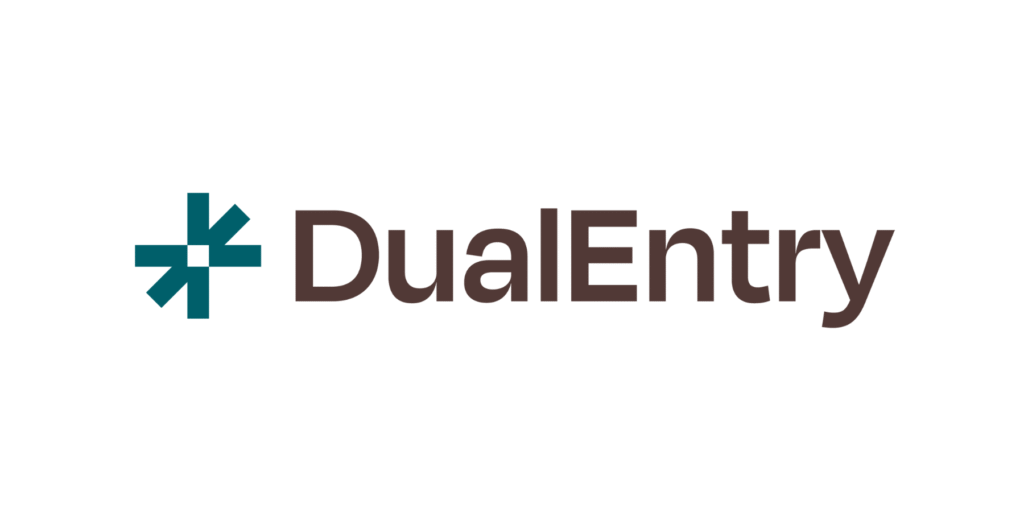In today’s fast-paced business landscape, automation powered by artificial intelligence (AI) can dramatically improve efficiency and accuracy for small and mid-sized enterprises (SMEs). This tutorial provides step-by-step instructions on how to design, deploy, and monitor an AI-powered automation system tailored for SMEs. It will guide you through prerequisites, configuration steps, testing, monitoring, error handling, and cost control, ensuring a smooth implementation process.
To begin, it’s crucial to identify the specific business processes that could benefit from automation. Common areas in SMEs include accounts payable, invoicing, and customer relationship management. Understanding the current workflow and pinpointing bottlenecks will help in designing an effective system. Conduct thorough discussions with your team to document the existing processes and determine which tasks are repetitive and time-consuming.
Next, select an AI automation software that aligns with your business needs. Factors to consider include ease of integration with existing systems, user-friendly interfaces, and the ability to scale with business growth. Popular choices like DualEntry ERP, which has received significant investment recently, highlight the benefits of native AI solutions. Make sure to check any prerequisites required for installation, such as compatible hardware and software specifications.
Once you’ve chosen an AI-driven automation platform, it’s time to configure it. Installing the software typically involves following an installation wizard. You’ll be prompted to enter API keys if the solution integrates with third-party applications like accounting software or CRM platforms. During this setup, mapping your data into the new system is essential. Utilize AI-powered data mapping tools that can accelerate data transfer and transform data formats as needed.
With configuration complete, the next step is testing the automation. Start with a pilot run using a small set of data to simulate real-world scenarios. Focus on key performance indicators (KPIs) relevant to the processes being automated, such as transaction times and error rates. Share the outcomes with your team, documenting any discrepancies and areas needing adjustment. Aim for a seamless experience where manual intervention is rarely needed.
Monitoring your AI automation is an ongoing process. Most modern automation tools come with dashboards that display real-time data and trends. Regularly assess performance against the KPIs you established during testing. Pay attention to any system alerts or notifications indicating issues, such as failed transactions or anomalies. If the automation system reports errors, have a troubleshooting guide ready that details common issues and resolutions based on previous experiences.
Error handling is critical for maintaining efficiency. Create a structured approach to deal with errors when they occur. This may involve automatic retries for certain failures or alerts to notify relevant personnel of issues needing manual intervention. Ensuring robust logging of all activities makes it easier to diagnose problems, thus helping prevent them in the future.
Cost control should remain a focus throughout the automation implementation. Track all expenses related to software acquisition, installation, and ongoing maintenance. Moreover, measure the savings achieved through reduced labor costs, improved accuracy, and faster processing times. This financial overview will help you in evaluating whether the investment in AI automation is yielding the desired ROI.
Security, data retention, and privacy should be top priorities when implementing AI systems. Ensure that the vendor complies with regulations such as GDPR or CCPA, depending on your location and industry. Establish guidelines for data retention policies, clarifying how long data will be stored and under what circumstances it may be deleted. Encryption of sensitive data and secure access controls are also important aspects that should not be overlooked.
Vendor lock-in is another concern for many organizations considering automation. Be aware of the terms of service of the software and the potential consequences if the organization decides to switch providers later. Prioritize solutions that allow for data portability, ensuring you maintain control over your information regardless of your software provider’s decisions.
Lastly, estimating ROI and ongoing maintenance involves both financial and operational assessments. Over time, you should be able to calculate the savings from enhanced efficiency and reduced errors. Regularly evaluate your automation processes against changing business needs or market conditions. Continuous optimization might require additional training or even software upgrades, which should be planned for within your operational budget.
FlowMind AI Insight: Embracing AI-powered automation is a significant step for SMEs seeking to enhance efficiency and drive growth. By following these structured guidelines, businesses can unlock the potential of automation, addressing both operational challenges and financial objectives. Foster a culture of innovation and adaptability to ensure long-term success in this evolving digital landscape.
Original article: Read here
2025-10-03 19:47:00

